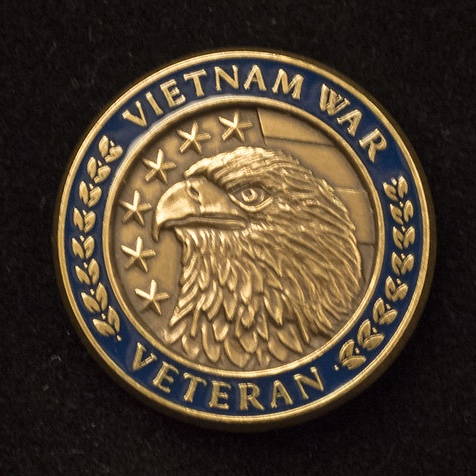Muncy Historical Society hosted the rededication ceremony of the official state historical marker commemorating the site of Fort Muncy on Memorial Day, May 29, 2017, at the marker’s permanent location along Lycoming Mall Drive/State Route 2014 (GPS Coordinates N41°14.216’ by W76°49.762’).  The marker was designed under the direction of the Pennsylvania Historical and Museum Commission and was privately funded by the Lycoming Chapter, Daughters of the American Revolution and the Tiadaghton Chapter, Sons of the American Revolution.
The marker was designed under the direction of the Pennsylvania Historical and Museum Commission and was privately funded by the Lycoming Chapter, Daughters of the American Revolution and the Tiadaghton Chapter, Sons of the American Revolution.
By the spring of 1778, the Revolution was already three years’ duration in terms of the outbreak of open hostilities following Lexington and Concord. The British had to rely on loyalist troops, Indians and mercenaries to help fight this war. Even so, British forces were not large enough to defeat rebel armies, occupy coastal cities, blockade coast lines, and regain control of the interior. Consequently, British strategy became threefold: 1) destroy frontier granaries supplying Washington’s armies; 2) keep men on the rebel frontier and away from the main rebel army; and 3) utilize provincial forces, like loyalists, and Indian allies to accomplish the first two aims.

To counter the ever-growing potential and numbers of Indian raids, the West Branch Valley began to fortify and, prior to the “Great, or Big Runaway” of July 1778, the first Fort Muncy was in existence. It was located on Samuel Wallis’ estate, and was known interchangeably as “the fort at Wallis’,” “Fort Muncy” and “Muncy Farm.” Upon hearing that a large number of Indians were going to come down both branches of the Susquehanna River to murder all settlers, it appears that Colonel Hunter ordered the evacuation of the West Branch Valley and the “Runaway” began. The British and their allies entered the Valley and destroyed Fort Muncy, along with frontier homes and crops.
By August, 1778 Colonel Hartley’s Continental Regiment (the 11th PA) arrived at Fort Muncy where a small fort had been laid out. It was generally completed by September 8, 1778. It was from Fort Muncy that Col. Hartley began the first military expedition by colonists against the Iroquois towns, perhaps a pilot for the Sullivan-Broadhead expeditions of 1779. In the spring of 1779 all Continental troops were removed from Fort Muncy and ordered to join General John Sullivan, assembling at Wyoming for the major frontier expedition of the entire war. Only militia were left at Fort Muncy and they offered no defense against a combined raiding force of Iroquois and Butler’s rangers. Sometime before or shortly after the July 28, 1779 raid on Fort Freeland, the second Fort Muncy was burnt during the “Second Runaway.”
Beginning in 1780 and continuing through 1783, the first line of frontier defense for northcentral Pennsylvania was its rangers. Captain Thomas Robinson and his men, under the leadership of Lieutenant Moses Van Campen, rebuilt Fort Muncy for the third time.
After the declaration of peace, the fort’s garrison was removed. The fort was allowed to fall into decay, its grounds hallowed with the memories of three forts, their triumphs and travails. Unbeknownst to the landowner, one of the farmers cleared the land of any fort debris, removing any obvious trace of this historical site. Fort Muncy should be remembered as an important historical site. This isolated frontier fort was interconnected with overall British strategy and with colonial strategy for frontier defense during the American Revolution.
It is fitting that the site should be commemorated by the PHMC, DAR and SAR, along with the Muncy Historical Society, on Memorial Day.



